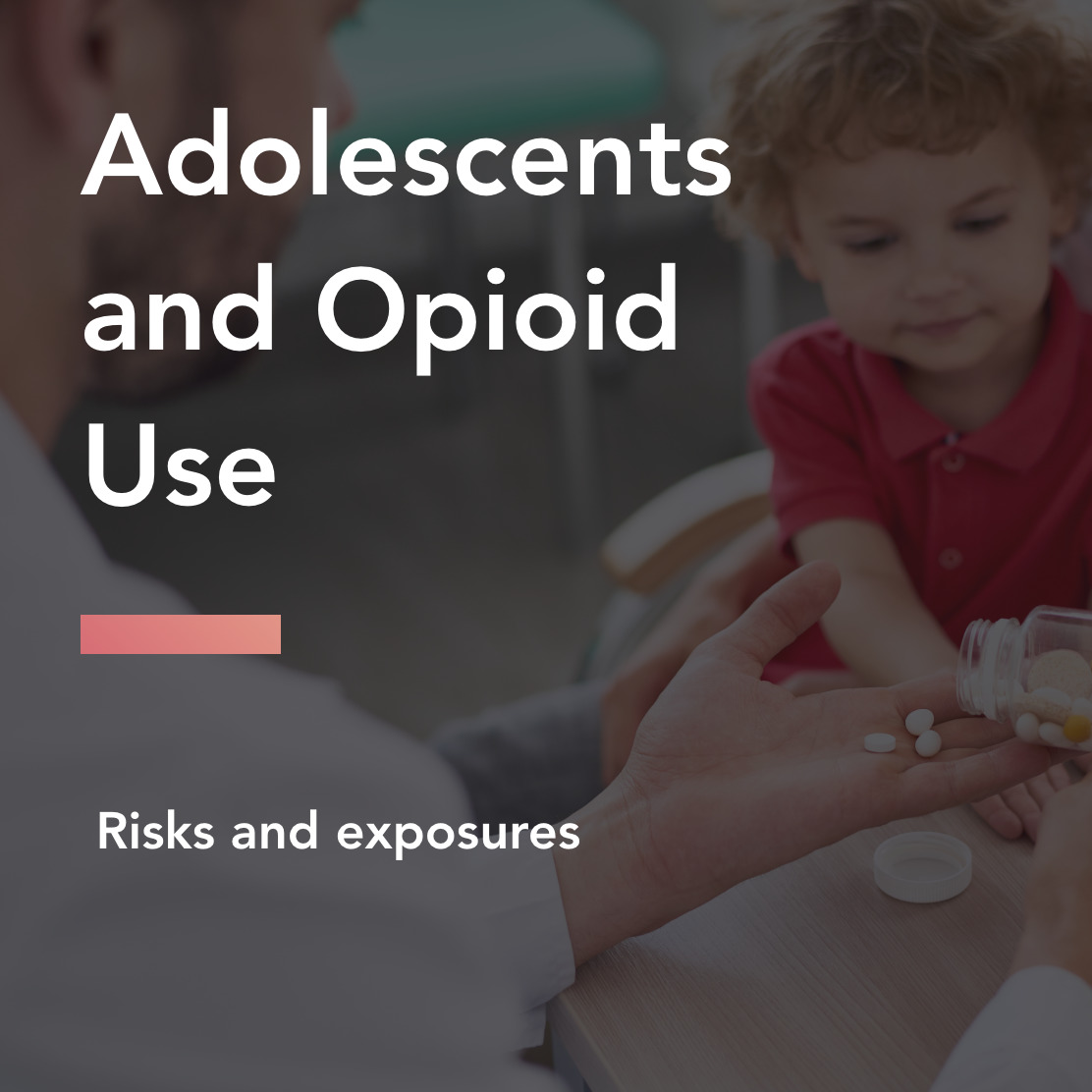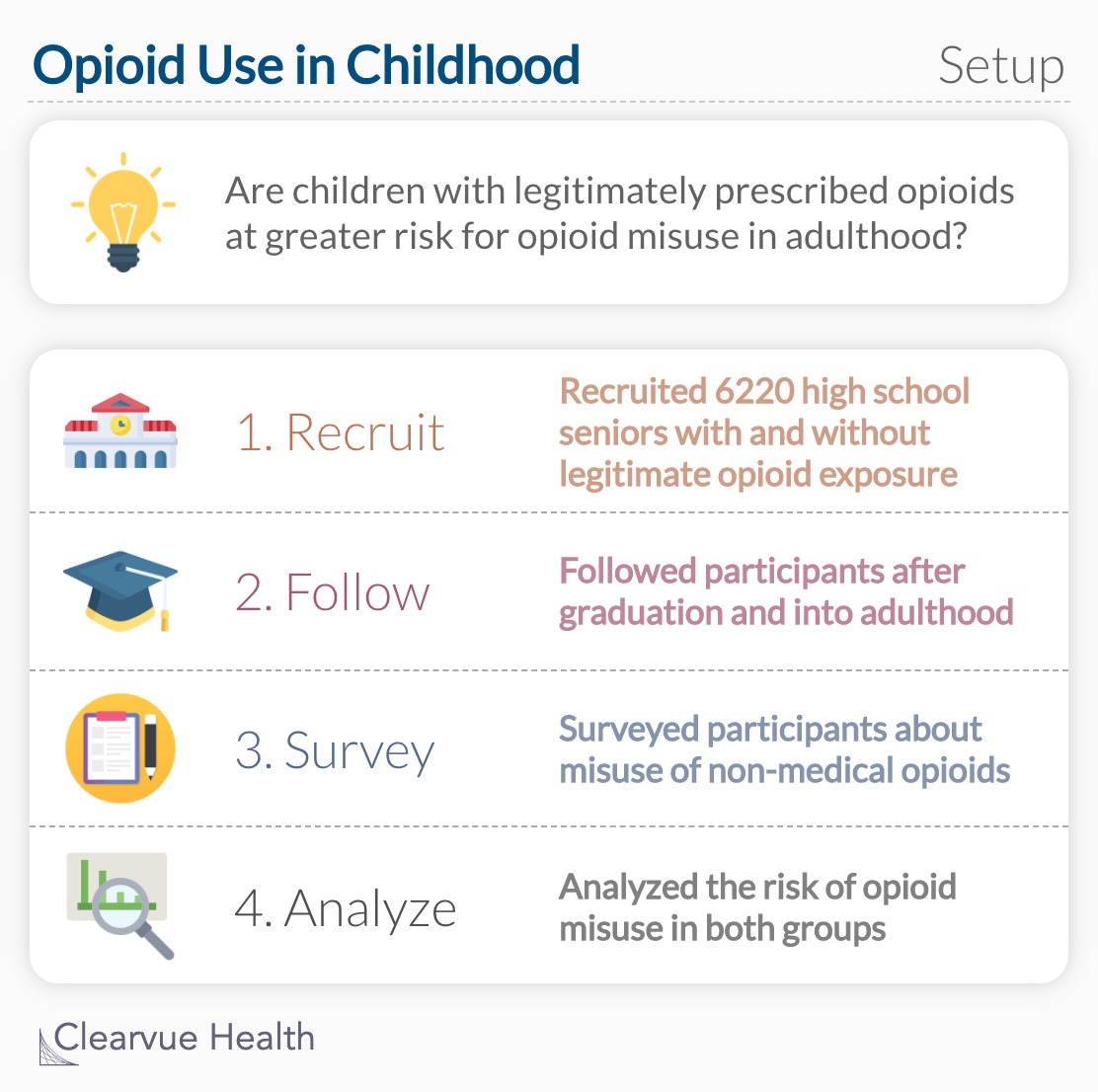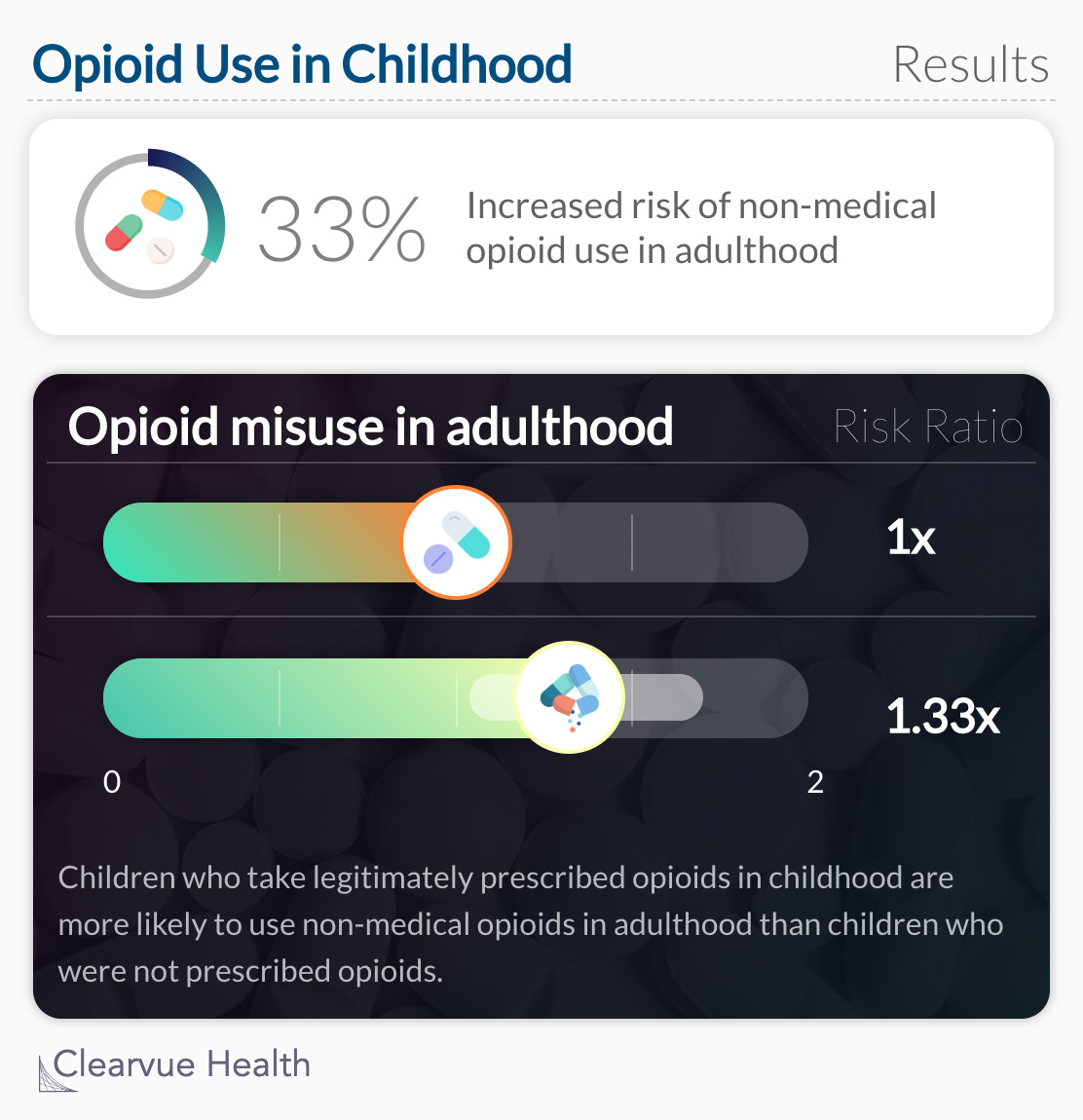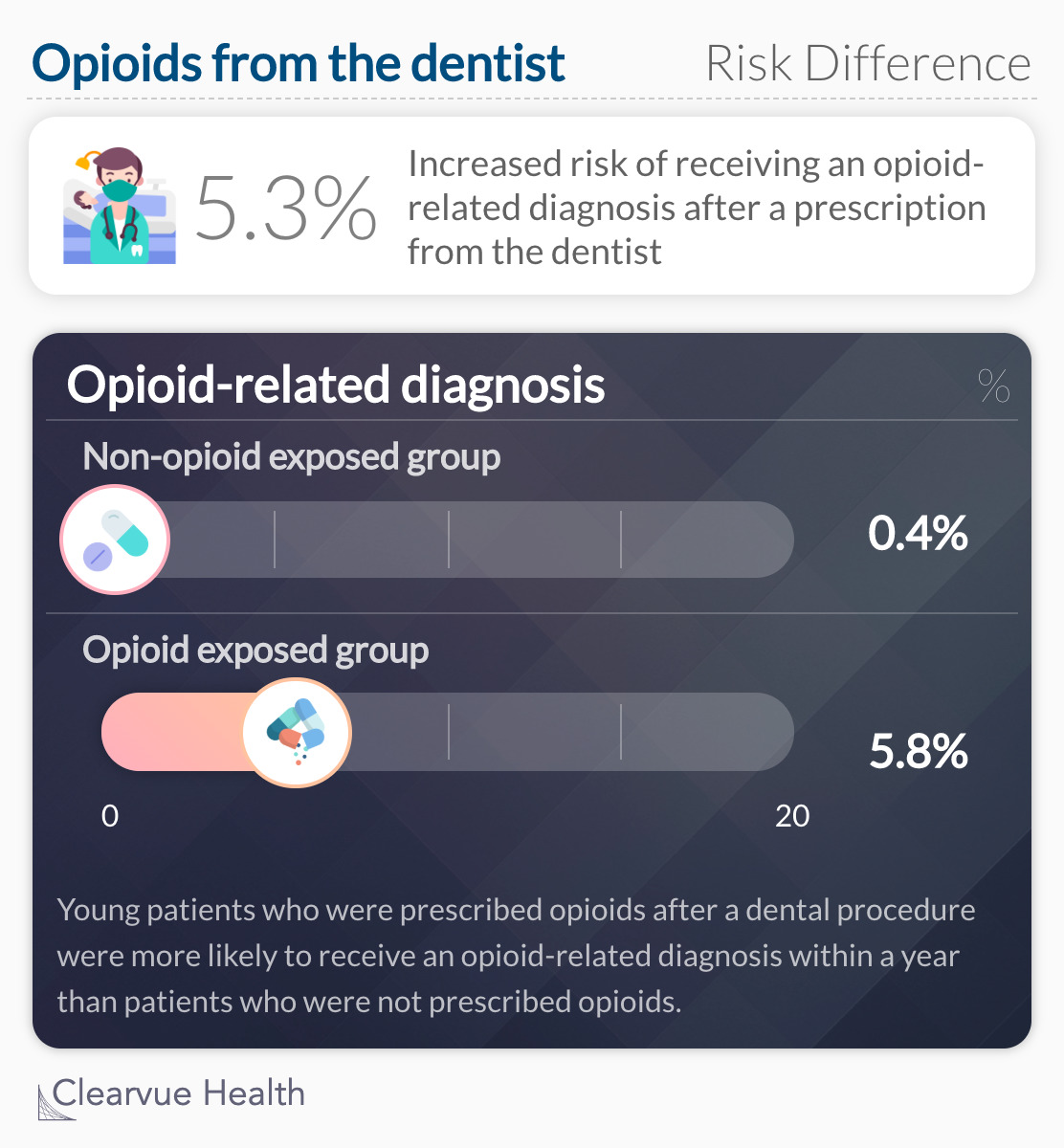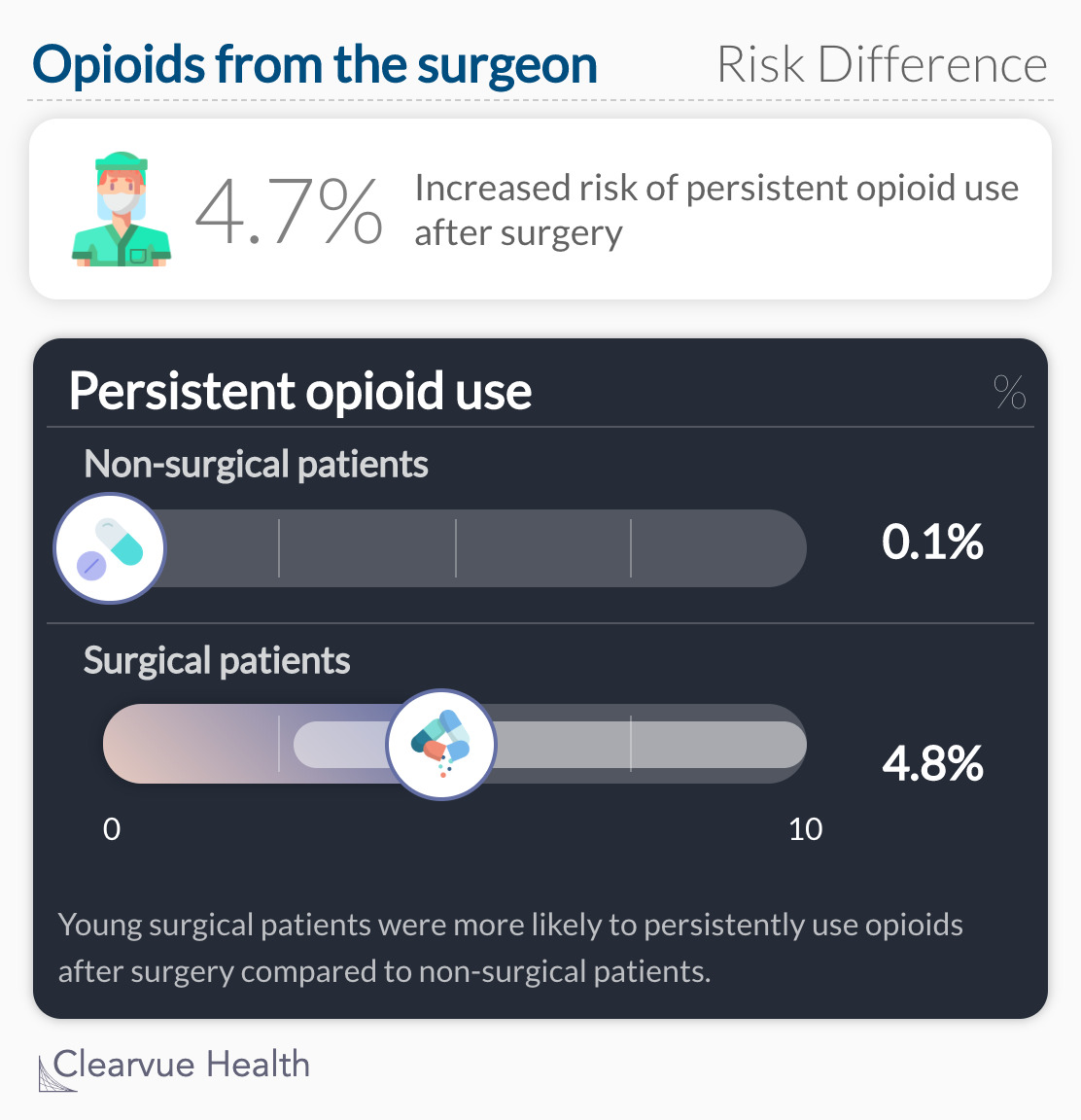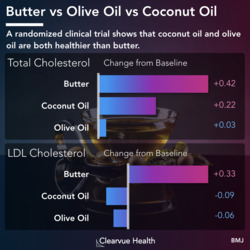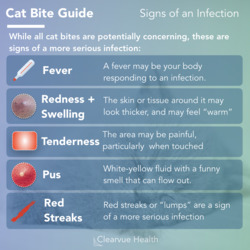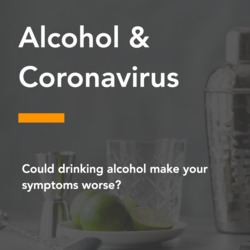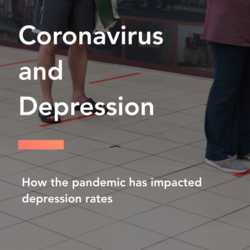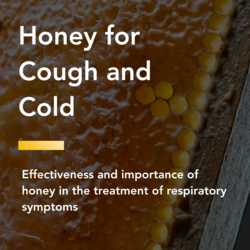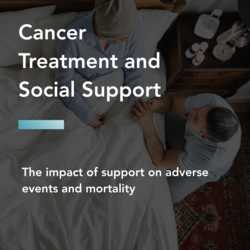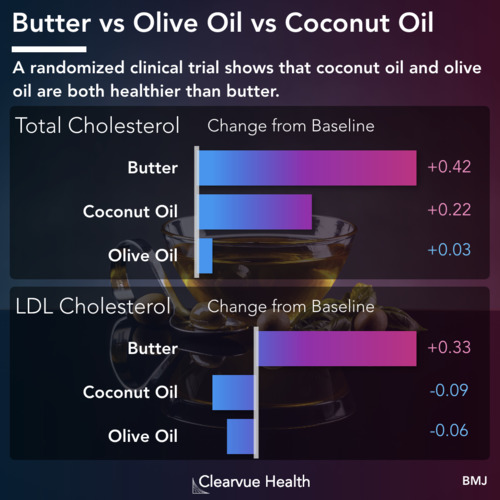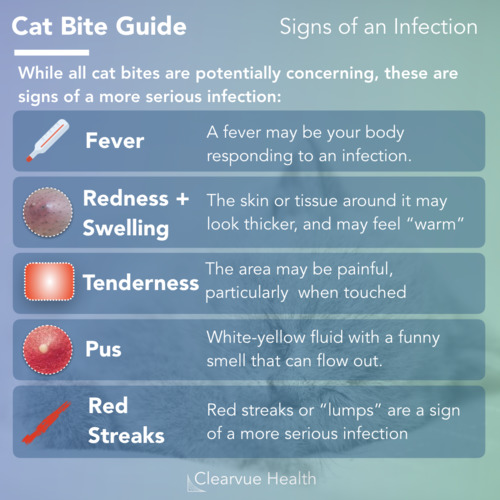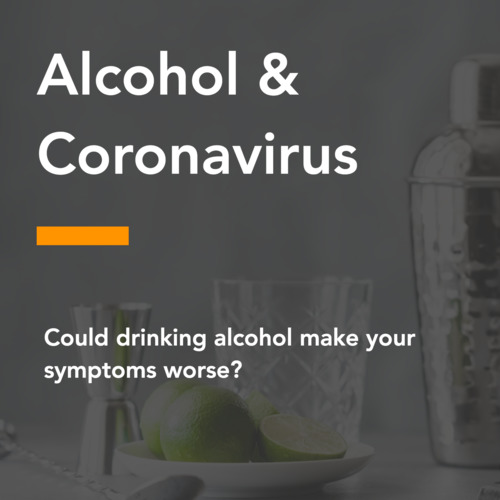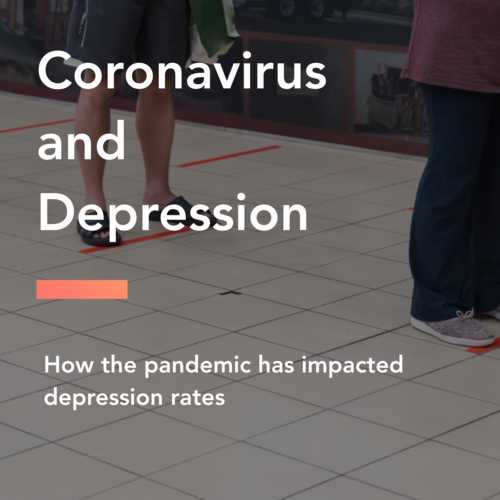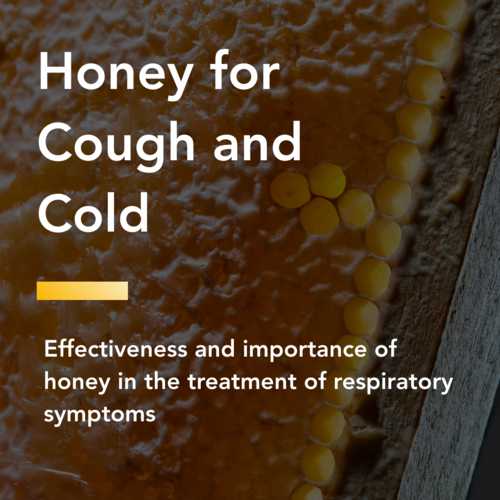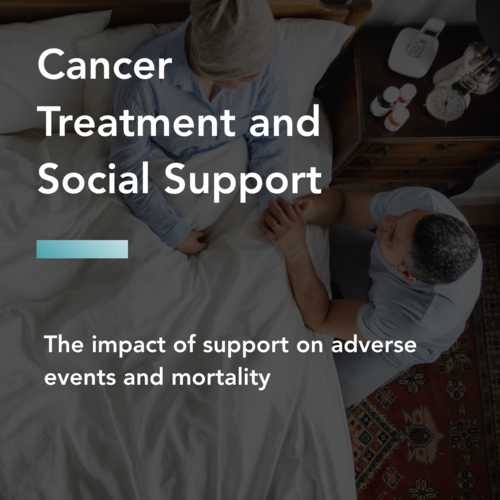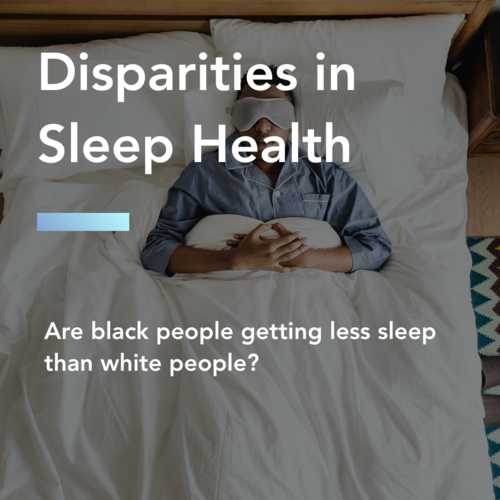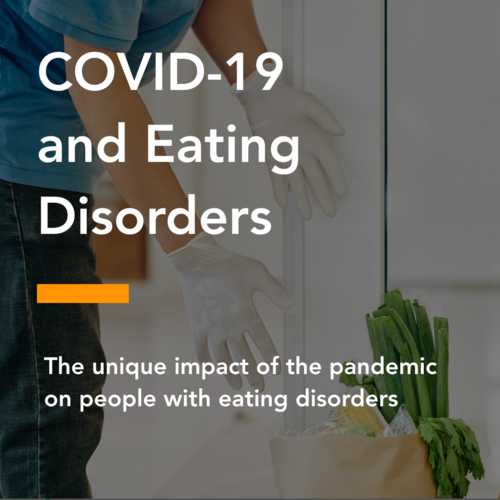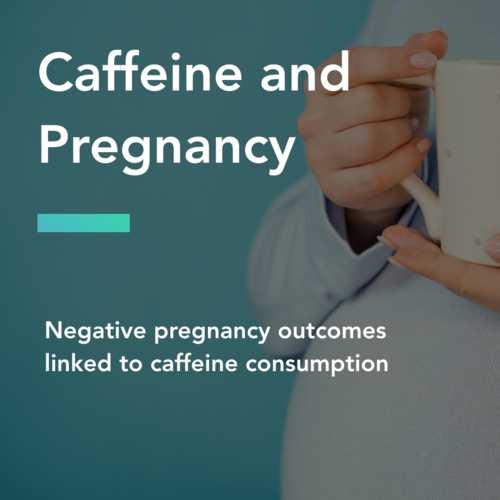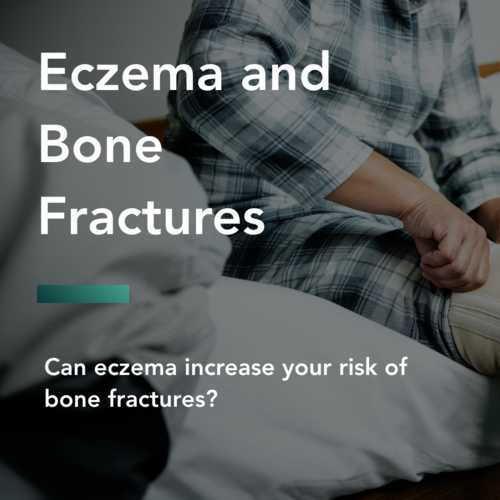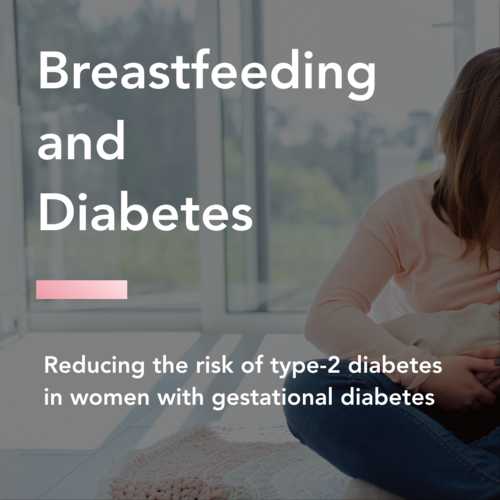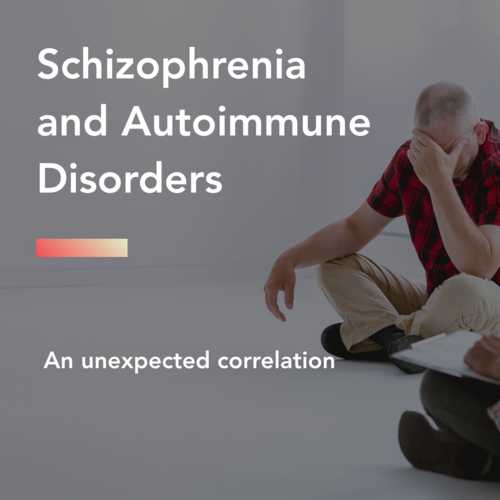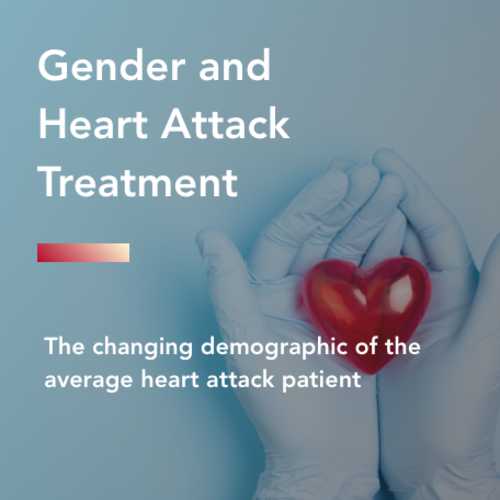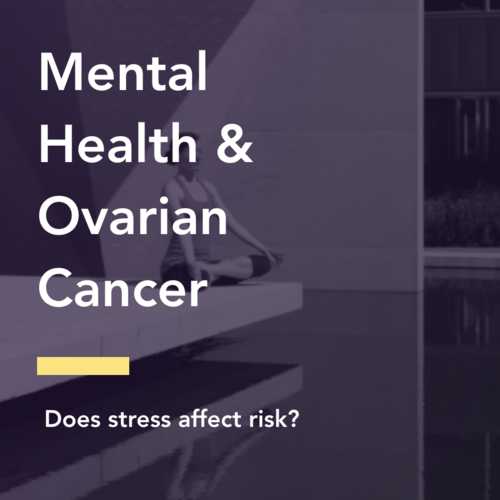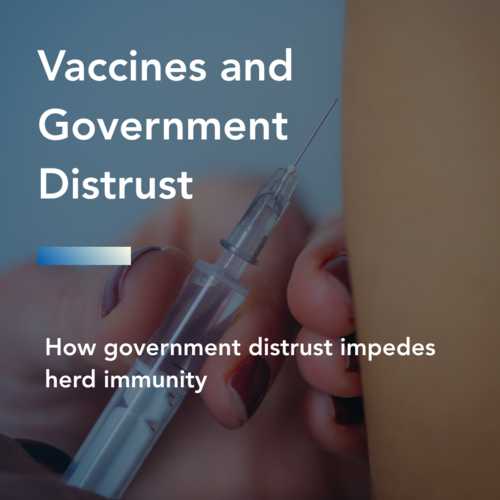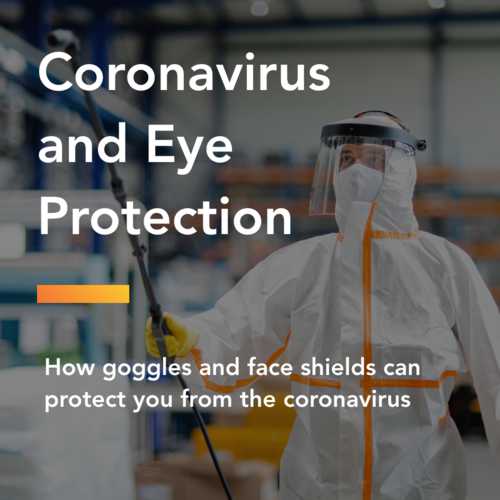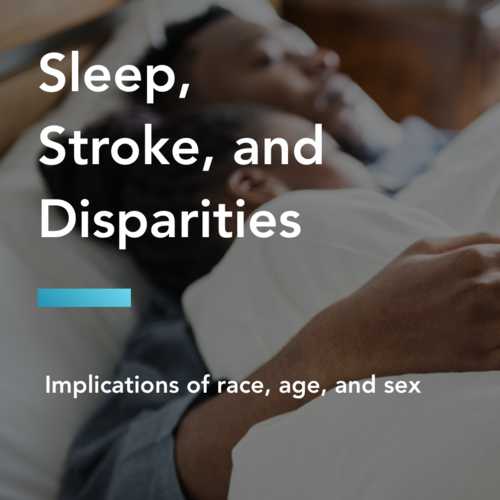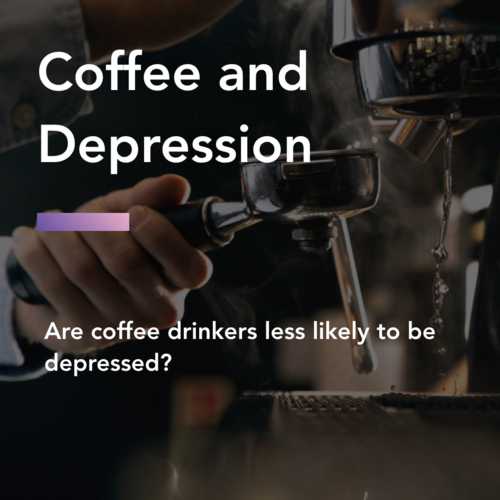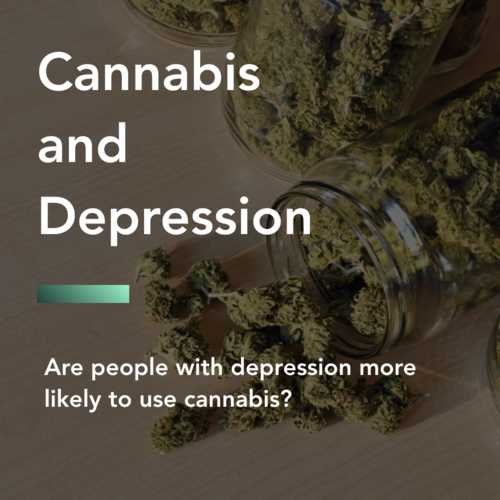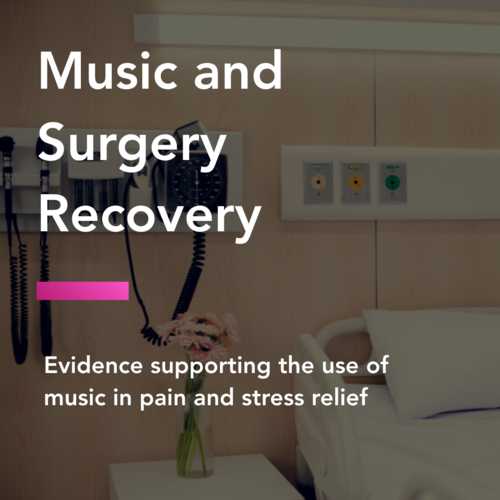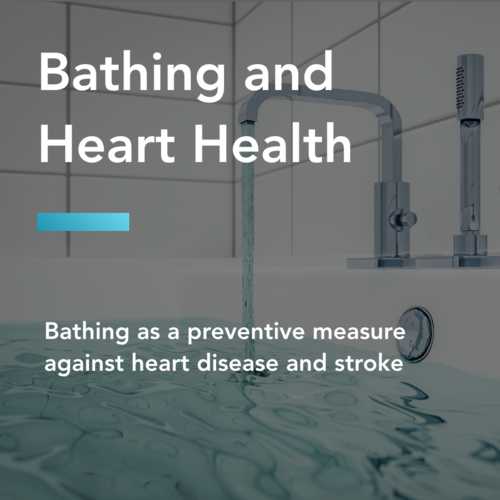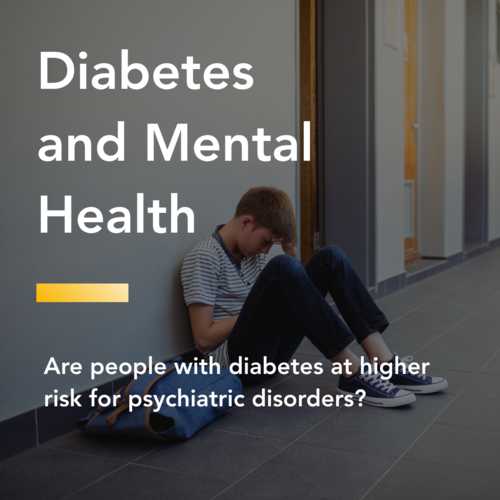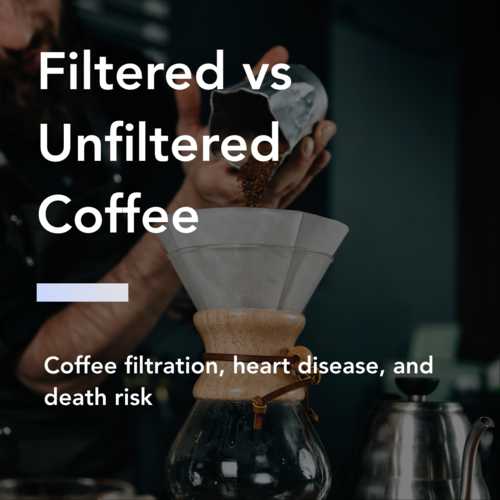We are in an opioid epidemic. For years now, we’ve heard stories of overdosing and overprescribing. Extensive research has been conducted on opioids and how they are being used. However, less attention has been given to children in this epidemic. In this article, we review how children are exposed to opioids and their risk of misuse in adulthood.
Risk of future misuse
To quantify the risk of nonmedical opioid use, researchers followed a national sample of over 6,000 high schoolers. During their senior year, they reported any history of doctor prescribed and clinically necessary, also called legitimate, opioid use. They were then followed for five years and surveyed again about any non-medical opioid use.
Source: Prescription Opioids in Adolescence and Future Opioid Misuse
“
Legitimate opioid use before high school graduation is independently associated with a 33% increase in the risk of future opioid misuse after high school.
By age 23, 91% of participants had not used narcotics and 96% of participants had not used sedatives. Interestingly, 69% of participants who reported opioid misuse say they do so to feel good or get high or to relax or relieve tension.
This study suggests that legal, medically-sound opioid prescriptions in childhood can increase the risk of opioid misuse in adulthood. Where are children most likely to be prescribed an opioid?
Sources of opioid exposure
Dentists and surgeons prescribe opioids for severe pain after a procedure; for example, removing a rotten tooth or taking your tonsils out.
In 2015, a study looked at nearly a hundred thousand adolescents, aged 16 to 25, who filled an opioid prescription from a dentist. They found that a considerable number of patients filled the prescription, with some receiving other prescriptions. Some patients sought medical attention for an opioid-abuse concern.
Source: Association of Opioid Prescriptions From Dental Clinicians for US Adolescents and Young Adults With Subsequent Opioid Use and Abuse
Another study examined opioid prescribing patterns after surgery. Researchers collected four years of data on patients, aged 13 to 21, who had at least one operation.
They wanted to know how many of these patients persistently used opioids after surgery. They compared these findings to patients who received an opioid prescription for a non-surgical purpose such as chronic pain. Persistent opioid use was found in 4.8% of surgical patients.
Source: Persistent Opioid Use Among Pediatric Patients After Surgery
These data suggest that opioid prescriptions from a dentist or a surgeon could be the initial exposure in childhood that leads to misuse in adulthood. However, more specific research would need to be conducted on different types of opioids and the conditions they were prescribed to treat.
